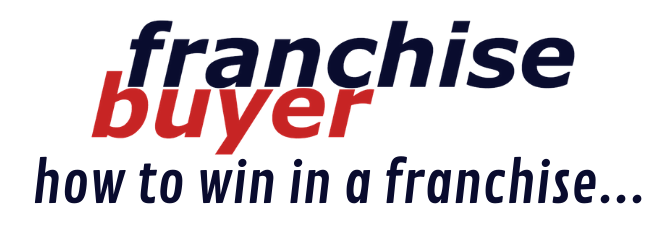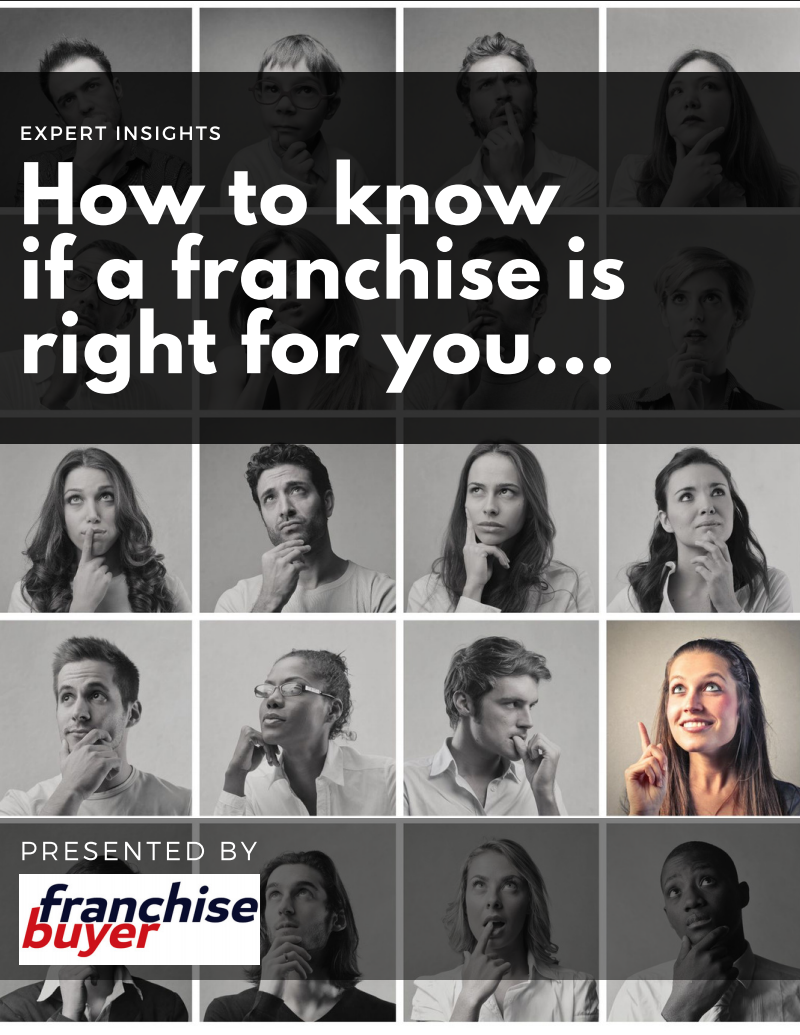November 01, 2015
A Retail Business “Fit for Sale” Is Fit for Buying
I would like to give you a quick and extremely brief snapshot of the diagnosis required to ensure that a retailer is “Fit for Sale”

I trust that this information is valuable to any business owner or buyer at any stage in getting a better outcome in business.
In today’s ultra-competitive franchise environment, maximising your point of difference, driving your investment at every level and creating a profitable customer experience is the hallmark of a truly fit business.
“Starting with the end in mind” and “the independent investor” are two topics that I quite often speak about with clients and at tradeshows and conferences.
We believe that every business is for sale and the fit business is the one that maximises its market value to its potential investor and therefore its selling price.
There are many “how to” steps for a retailer to cover in making their business “Fit for Sale”. When commencing the process of either assessing your businesses value to investors or the value of the business you are considering buying, begin by asking yourself the following questions.
Does the business have a defendable and unique competitive advantage?
Is the retailer’s position defendable, replicable and leveragable to achieve the higher fitness and therefore the greater sale when the time comes? Is the business unique such that no one else can copy the brand and its values?
Are the sales-per-square-metre and comparative store data above benchmark?
These metrics are reliable indicators of how well management is using store space and allocating resources.
Generally speaking, the higher the sales-per-square-metre, the better.
In other words, using this metric, an investor could assume that one retailer’s management is making better use of its floor space than its counterparts/competitors. It may also suggest a better merchandise mix, and possibly more flexibility with respect to margins, although other factors would have to be examined to determine whether this is the case.
Does the business rely on the owner for success?
A business that does not have operational systems and frameworks in place, and is overly reliant on the owner is simply less fit, and therefore less valuable, than a business that has all the frameworks in place and can operate independently to achieve a desired end result.
A history of growth in the business financials
Financial reports, such as one balance sheet or one profit & loss statement, are invariably worthless. A series of these reports, including cash flow, start to truly show tell any growth in business net worth and where the cash actually goes. Ideally, both sequential and year-over-year growth in gross margins, inventories and accounts receivable would show a growth trend.
Other fitness factors to review include:
- Successful cash generation;
- Strong earnings growth and low earnings volatility;
- Increasing net asset value;
- Positive asset and liquidity ratios and the business is highly solvent and
- Business uses “best practice” benchmarks in all of its ratios.
Performing inventory
Ensure that you know the trends of your inventory performance. After all, an inventory is generally the single largest investment a retailer makes over time.
Understanding the inventory performance in:
- Quantity (How much have we got?);
- Quality (What is the profile of the product mix and its relationship to sales mix?);
- Productivity (How often does it turn?) and
- Is there an integrated merchandise management and sales POS producing valuable management information?
What does a store visit show?
An investor can learn a lot simply by visiting the range of stores from the highest performing to the lowest.
Visiting the store concerned as well as others in the higher- to lower-performing range will unveil a lot of key information. This information includes:
- The store’s layout,;
- Availability and appearance of merchandise;
- Quality of the back room in sales targeting and stock management;
- Pricing policies;
- Service levels and compliance;
- Foot traffic and
- Marriage of the brand message to the in store experience.

Be wary of businesses that are experiencing a decline in gross margins. This is because they are probably experiencing a decline in revenue or foot traffic, an increase in product costs and/or heavy markdowns of their merchandise, all of which can be detrimental to earnings growth.
As I mentioned at the start of this article, this is a quick and extremely brief snapshot of the diagnosis required to ensure that a retailer is “Fit for Sale”. There are many other factors that we capture and I trust that this is valuable nonetheless in understanding the value in any business.
















